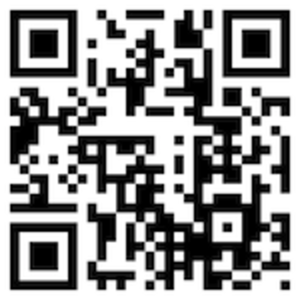New data from comScore show that 14 million Americans, 6.2% of all mobile users, scanned QR (quick response) codes or bar codes with their mobile devices in June 2011. Users who scanned QR codes were more likely to be male (60.5%), between ages 18-34 (53.4%), and have a household income of $100k or higher (36.1%). The most likely places for people to scan QR codes were on printed magazines or newspapers, product packaging, or on the Web, straight from their computer screen.

We’ve covered some interesting ways of employing QR codes to bring the Web out into the world, like QR-enabled tourism and scavenger hunts. But comScore’s new data show that, at least for now, QR codes are mostly used in more traditional marketing efforts, and they reach a specific demographic of young males in high income brackets.
A study we covered in March found that most American smartphone users who have seen QR codes saw them on products or printed materials. Outdoor advertisements ranked 7th; only 16% of smartphone users who had seen QR codes saw them outside. The number one place to see QR codes was on products, followed by magazines, coupons, newspapers and catalogues. Television outranked outdoor advertisements, and the only categories that followed were “other” and “don’t know.”
By far, the March study showed that the most interesting reasons for people to use QR codes were to get a coupon, discount or deal, or to access additional information about content. And most smartphone users (72%) said they would be likely to recall an advertisement that contained QR codes. The data show that eligible consumers see QR codes as novel and interesting, but they aren’t yet being used much outside of traditional marketing to a well-off demographic. In so many words, QR codes are currently being used in the easiest way, as a basic marketing tool rather than for an interactive Internet of Things.
But it is still very early in the adoption of technologies capable of reading QR codes. This June, smartphone adoption in the U.S. was up 8% over the preceding three months, but there are still 155 million American mobile phone users who don’t have smartphones at all. The number of people unable to scan QR codes is more than 10 times the number of QR code users in comScore’s data. It’s still very early to draw conclusions about how this technology will impact the Web and its users.
Do you scan QR codes? If so, what do you use them for?









